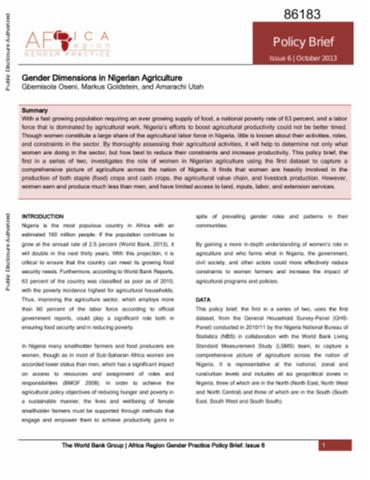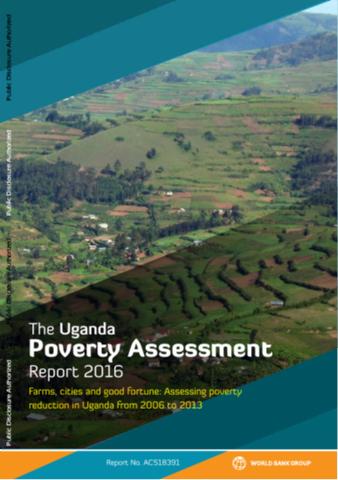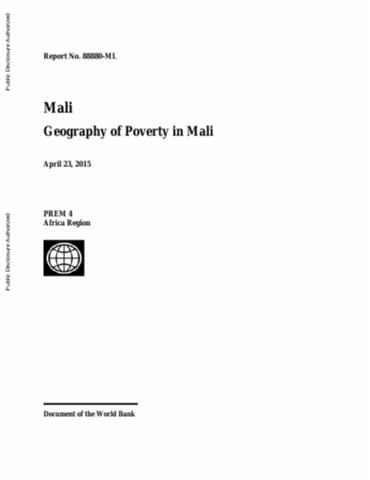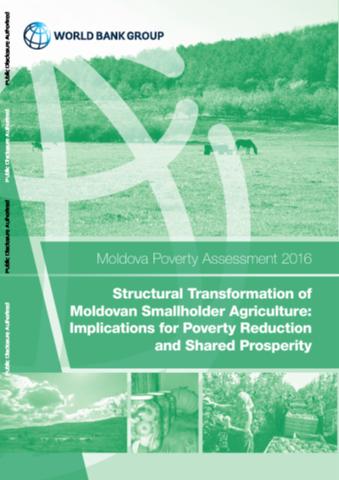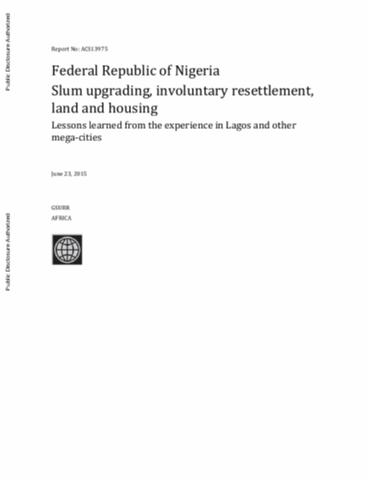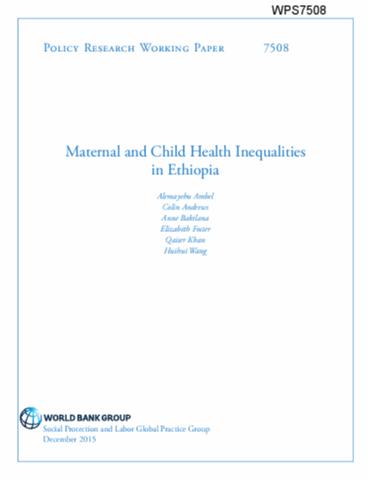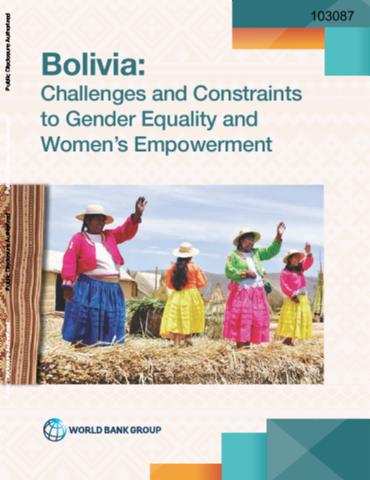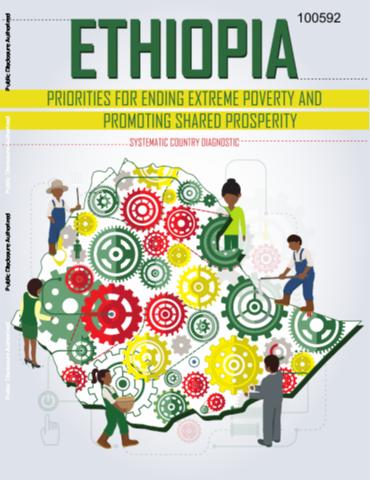Agribusiness Indicators
Mozambique, the only Lusophone country covered in the agribusiness indicators initiative, has had a turbulent history since independence. Civil unrest over some 20 years and frequent drought in southern Mozambique, coupled with floods near the many waterways that transect the country (mainly east-west), have inhibited an agricultural transformation. Even so, Mozambique could be a regional breadbasket. The country has much potentially usable arable land, along with access to river water for irrigation in many agricultural production zones, particularly in central and northern Mozambique.


